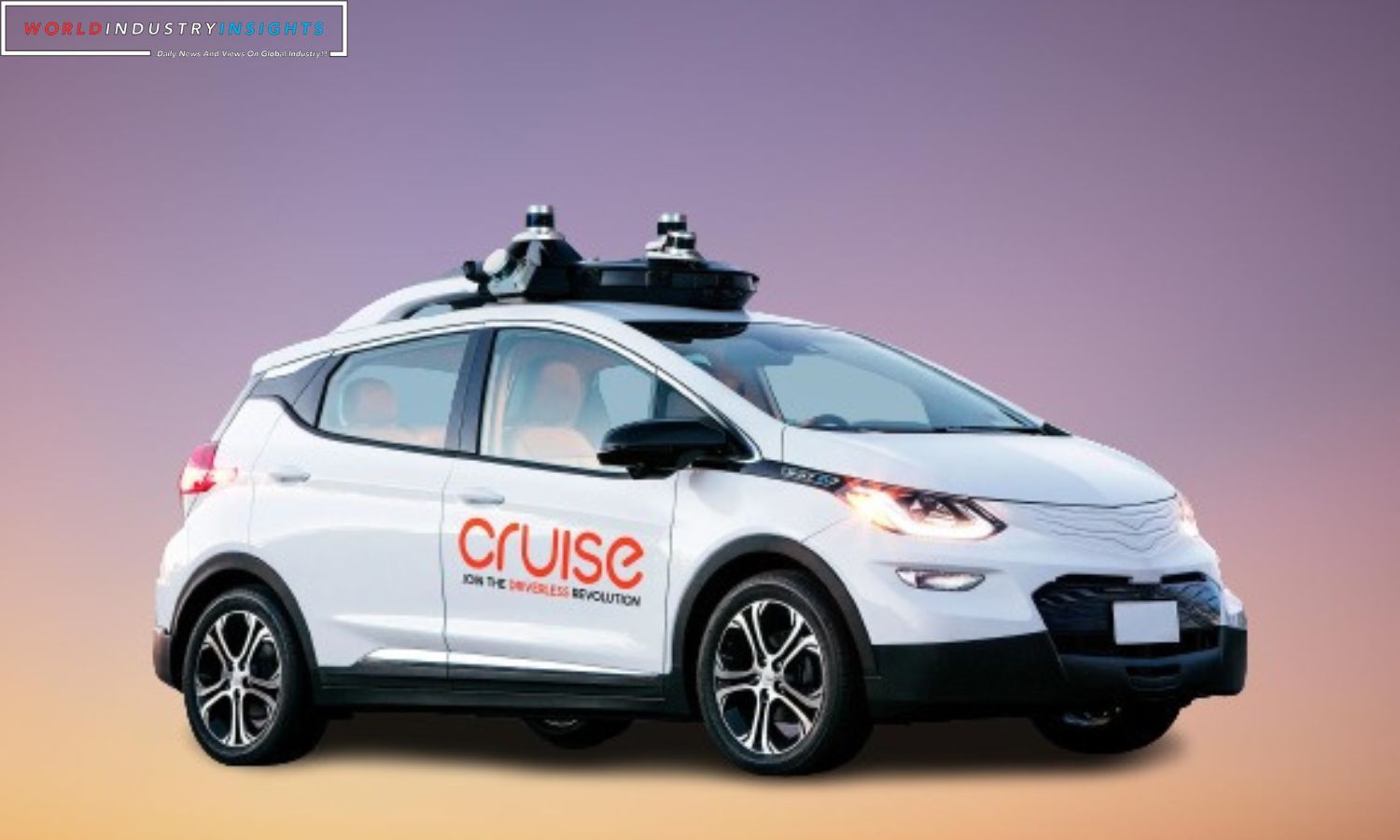Cruise Hits the Brakes: General Motors’ autonomous vehicle subsidiary, Cruise, made a significant announcement late Thursday, stating that it will halt all operations across the nation. This decision comes on the heels of a directive from California regulators earlier this week, which demanded that Cruise’s self-driving cars be removed from the state’s roads.
The California Department of Motor Vehicles (DMV) did not mince words, expressing concerns that Cruise’s autonomous vehicles posed a genuine risk to public safety and accusing the company of “misrepresenting” the technology’s safety. In response, Cruise conveyed a commitment to rebuilding public trust, emphasizing the importance of addressing these issues. To that end, they’ve decided to proactively suspend their self-driving operations across all fleets while conducting a thorough examination of their processes, systems, and tools.
Cruise has been running self-driving operations in several cities, including Phoenix, Houston, Austin, Dallas, and Miami. This suspension comes as a significant blow to the autonomous vehicle industry, which General Motors has positioned as a major avenue for growth. It’s important to note that this decision is not a reaction to any fresh on-road incidents. Cruise affirms that supervised autonomous vehicle operations will persist.
The DMV’s verdict on Tuesday was unequivocal: Cruise’s self-driving vehicles are deemed unsafe for public operation, representing an unreasonable risk to public safety. These findings have raised valid concerns.
Also Read: California Halts GM Cruise Driverless Cars Over Safety Concerns
Furthermore, U.S. auto safety authorities disclosed earlier on Thursday that they are investigating five additional reports of Cruise self-driving cars engaging in abrupt and inappropriate braking, resulting in collisions. The National Highway Traffic Safety Administration (NHTSA) launched a formal safety inquiry into Cruise in December, prompted by reports of three crashes in which autonomous vehicles, braking swiftly, were rear-ended by other vehicles, leading to injuries.
While no new accidents have been attributed to the recent decision, the NHTSA is actively pursuing additional information regarding five recent crash reports involving Cruise vehicles braking without any apparent obstacles in their path.
In light of these developments, Cruise has affirmed its cooperation with the ongoing investigations. They have welcomed the NHTSA’s inquiries into their safety record and operations.
Earlier this month, the NHTSA initiated a separate investigation to determine whether Cruise has taken adequate precautions with their autonomous robotaxis to ensure the safety of pedestrians.
In August, the DMV directed Cruise to withdraw half of its self-driving vehicles following yet another incident. Specifically, the DMV reviewed an incident from October 2 in which one of Cruise’s autonomous vehicles braked but still collided with a pedestrian who had been previously hit by a hit-and-run driver.
The DMV’s order suggested that Cruise had not initially disclosed all relevant video footage of the incident and raised concerns about the vehicles’ ability to respond safely in incidents involving pedestrians. Cruise disputes these allegations, asserting that they had presented the DMV with the complete video footage multiple times. The situation continues to evolve, and scrutiny on the safety of autonomous vehicles remains a pressing concern.
Our Reader’s Queries
Can cruise control affect brakes?
While standard cruise control doesn’t brake, mildly intelligent cruise control will engine brake on downhills to avoid exceeding the set speed. However, it cannot slow you down and generally doesn’t engage below 20 mph. Only adaptive cruise control has the ability to brake.
What is a brake cruise control?
This nifty feature automatically adjusts your car’s speed to maintain a safe distance from the vehicle in front of you. It even provides some braking assistance. However, it’s important to note that you should be aware of the system’s braking capabilities. While some models can bring your car to a complete stop, others may only apply a limited amount of braking force.
What is the meaning of cruise in a car?
With cruise control, you can effortlessly maintain a constant speed without having to press the accelerator. Simply choose your desired speed and let the vehicle do the rest. No need to keep your foot on the pedal, as the car will continue cruising at the set speed.
Does adaptive cruise control brake for you?
Adaptive Cruise Control is designed to make your driving experience smoother and more convenient. It can automatically resume following the vehicle ahead during brief stops. However, it’s important to note that this feature has limited braking capability. In the event that the vehicle ahead stops suddenly, you’ll receive an alert to take action by applying the brakes yourself. This ensures your safety and the safety of those around you.


